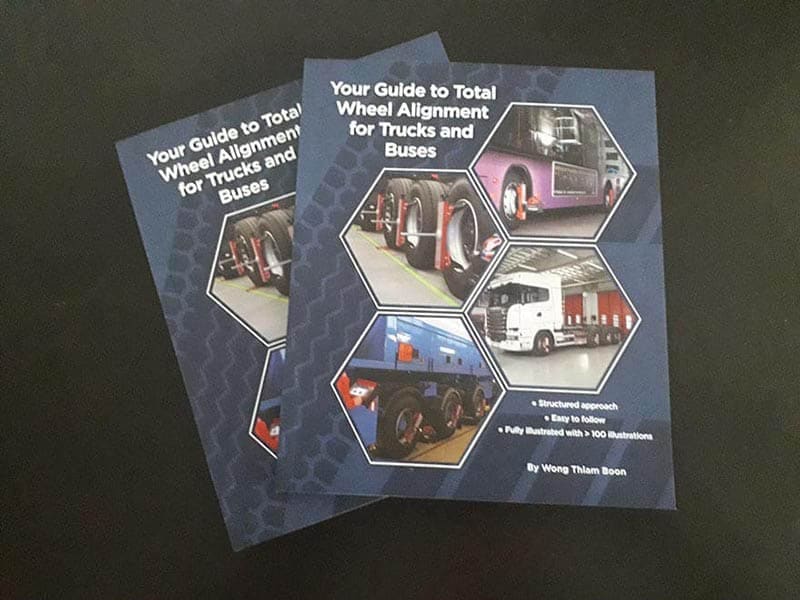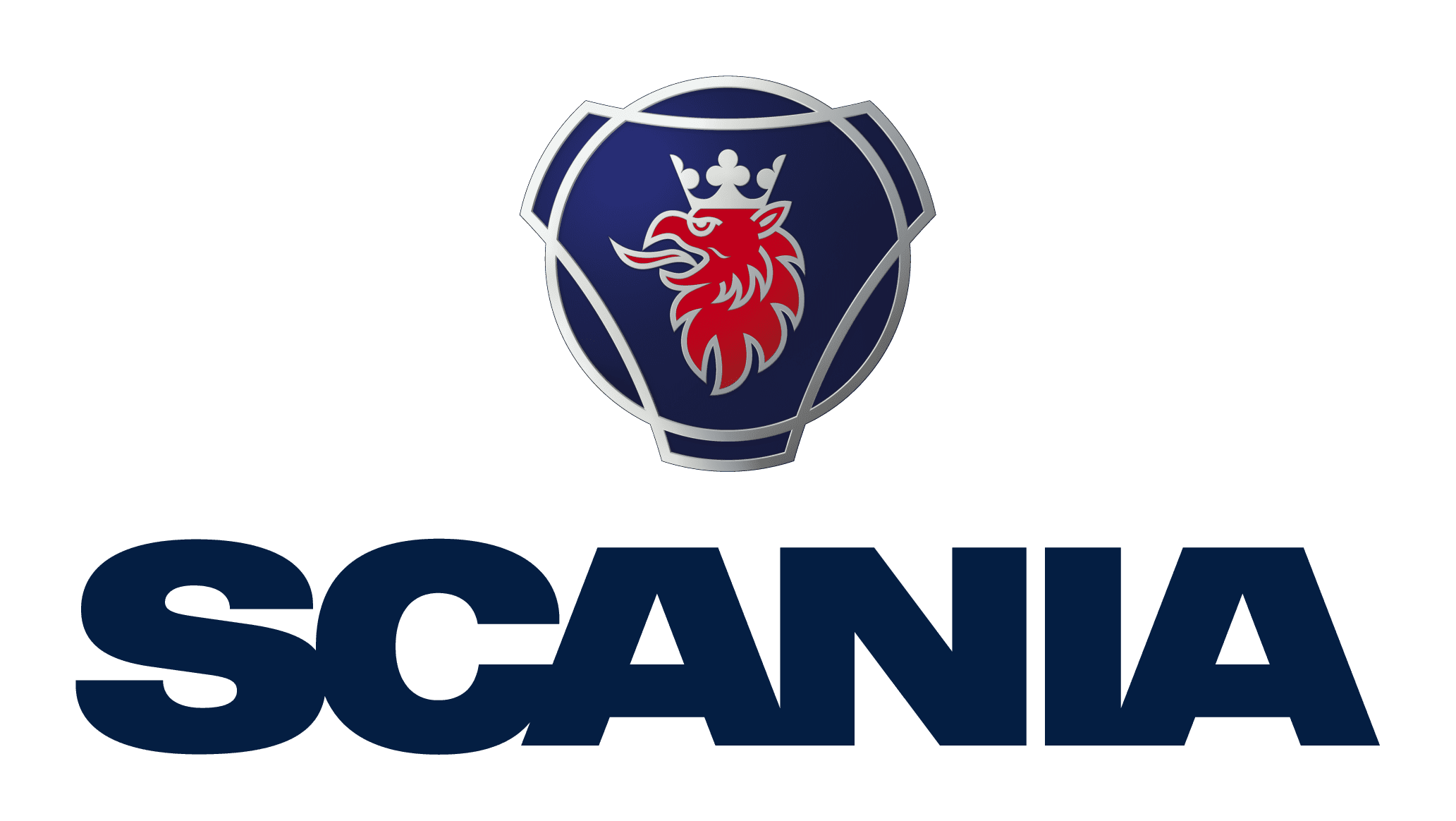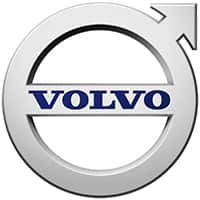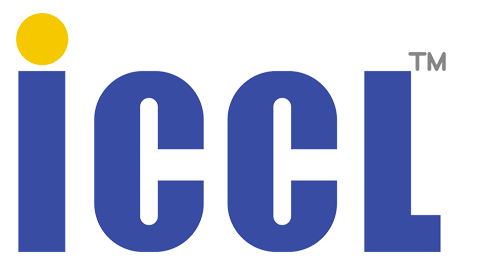Wheel Alignment of Buses – Special Considerations
 Bus alignment should be done on a fully assembled bus and not on the bare bus chassis prior to the bus body being built up on it. This is because the weight of the bus body will affect the wheel alignment parameters. Also because the bus body should be used as the wheel alignment reference as the following explanation will show.
Bus alignment should be done on a fully assembled bus and not on the bare bus chassis prior to the bus body being built up on it. This is because the weight of the bus body will affect the wheel alignment parameters. Also because the bus body should be used as the wheel alignment reference as the following explanation will show.
All alignment systems have their working principle but one thing they have in common is that they have a reference line in reference to which the axles and wheels are aligned. For trucks with a chassis frame, it is logical that the appropriate reference is the chassis frame centerline. However, different alignment systems use different approaches to derive this chassis frame centerline. Some systems use the geometric centerline derived from axles center-points as the reference. If the axles are installed without any offset, the geometric centerline coincides with the chassis frame centerline.
A bus is built up from a bus chassis frame on which the bus body is assembled. In some bus design, the chassis frame may need to be cut and re-joined and then the bus body built over it. Typically, when a customer orders a bus, the OEM manufacturer delivers the bus chassis to the bus body assembler to build the bus body onto it according to OEM and the customers’ requirement.
For a bus then, in addition to a chassis frame centerline and a geometric centerline, there is also a bus body centerline as shown in this image.
If you like to know how to improve the performance of your fleet, order this book to get your bus straightened out. Available from Asian Trucker at RM 100 + Postage (info@asiantrucker.com):




























